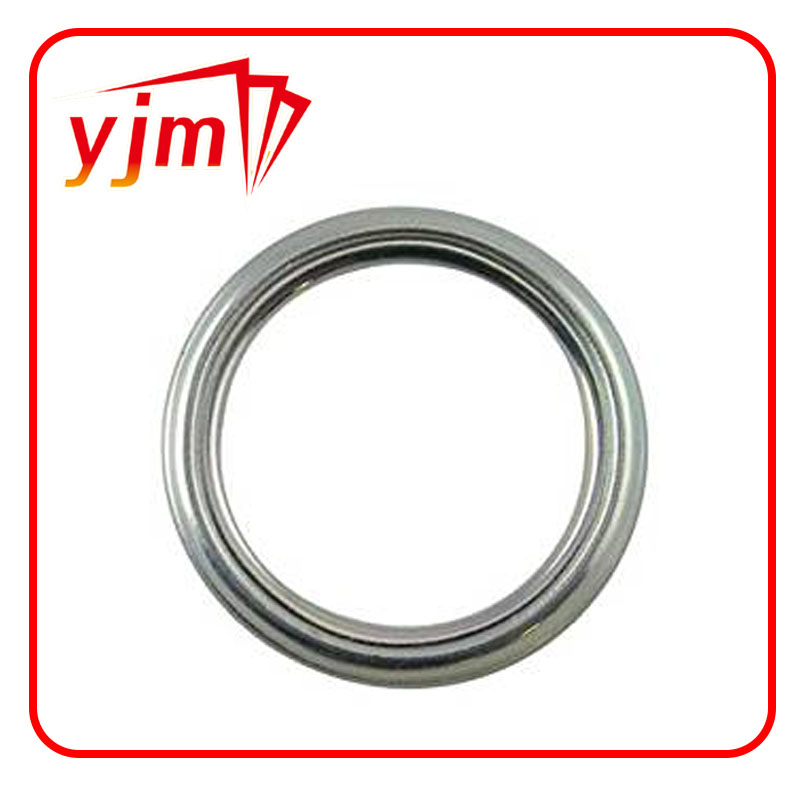transaxle seal
Understanding Transaxle Seals Importance and Maintenance
Transaxles are vital components in many modern vehicles, integrating the functions of transmission and axle into a single unit. This design not only saves space but also enhances efficiency, particularly in front-wheel-drive cars. However, like all mechanical components, transaxles can develop problems over time, particularly with their seals. Transaxle seals play a crucial role in ensuring the smooth operation of the vehicle and maintaining the integrity of its systems.
A transaxle seal is designed to prevent the leakage of fluids, primarily transmission oil and differential lubricant. These seals are typically made from durable materials like rubber or polyurethane, engineered to withstand the harsh conditions of the automotive environment, including temperature fluctuations, exposure to chemicals, and constant pressure. An effective seal ensures that the necessary fluids remain contained within the system, facilitating optimal performance.
When transaxle seals begin to wear out or fail, it can lead to various issues. One of the most immediate concerns is fluid leakage. A noticeable sign of a failing seal is the presence of fluid spots on the ground beneath the vehicle. Low fluid levels can lead to inadequate lubrication, which increases wear and tear on the internal components, resulting in potential mechanical failure. Additionally, inadequate lubrication can generate excessive heat, further compounding the problem and leading to expensive repairs.
transaxle seal

Regular maintenance is essential to prolong the life of transaxle seals and ensure the vehicle operates smoothly
. Vehicle owners should include a visual inspection of the transaxle area during routine maintenance checks. This inspection can help identify any signs of wear or damage early, allowing for timely repairs or seal replacements before they escalate into more significant problems.If a seal is found to be leaking or damaged, it is crucial to address the issue promptly. Replacing a transaxle seal can be a complex task, often requiring the removal of the transaxle from the vehicle. It is advisable to consult with a professional mechanic for this type of repair, as they have the expertise and tools necessary to perform the job correctly and efficiently.
In addition to mechanical inspections, vehicle owners can take preventive measures to extend the life of their transaxle seals. Regularly changing the transmission fluid according to the manufacturer’s recommendations can help maintain the integrity of the seals. Fresh fluid contains additives that can help keep the seals supple and less prone to cracking or degradation.
In conclusion, transaxle seals are integral to the proper function of a vehicle’s transmission and axle system. Understanding their importance and recognizing the signs of wear can help vehicle owners maintain their cars effectively. By incorporating regular inspections and following maintenance guidelines, you can ensure your transaxle operates efficiently, minimizing the risk of fluid leaks and costly repairs in the long run. Stay proactive, care for your vehicle, and your transaxle seals will thank you with longevity and peak performance.
-
Understanding the Front Main Engine Seal: Purpose, Maintenance, and Installation
News Jul.29,2025
-
Understanding O-Rings and Seal Rings: Types, Applications, and Custom Solutions
News Jul.29,2025
-
Understanding Crankshaft Oil Seals: Rear Seals, Pulley Seals, and Their Role in Engine Integrity
News Jul.29,2025
-
The Importance of Front and Rear Crankshaft Seals in Engine Performance and Oil Management
News Jul.29,2025
-
Crank Oil Seals: Functions, Types, and Cost Considerations in Engine Maintenance
News Jul.29,2025
-
A Comprehensive Guide to O-Rings and Seals: Types, Materials, and Global Applications
News Jul.29,2025
-
Mastering Diesel and Performance Engine Maintenance: A Guide to Critical Oil Gaskets
News Jul.28,2025
Products categories















